Dr. Shazma Yousaf
Plot no : 40 Jhelum Rd, G 8/4 G-8, Islamabad, Pakistan
Nipple inversion is a common pathological condition affecting 2% to 10% of women. Congenital inversions are fairly common, while acquired inversions are less frequent. This condition can induce some psychological issues, functional problems that may prevent adequate breastfeeding, and cosmetic dissatisfaction as well as create local irritation and infection.
Several surgical procedures can correct inverted nipples. These procedures are used according to the needs of every individual and there is on one solution that fits all available.
In many cases, the doctors don’t recommend treatments for the Inverted Nipple Surgery in Islamabad since it is a normal variation in nipple shape. However, if the inverted nipple is causing any harm, such as malignancy or breast inflammation, the breast augmentation treatmnet is a must
. Schedule an exam with your physician to assess the situation and if it requires further action.
There are several causes behind inverted nipples. They can be due to an overproduction of short and highly resistant collagen fibers. Fat loss during breast surgery can also be a factor. Inverted nipples may be caused by tightening of milk ducts and fibrous tissue and unusually petite milk ducts.
Duct ectasia is another condition that results in the thickening of milk duct walls and leads to fluid buildup. This condition is more common in women close to their menopause.

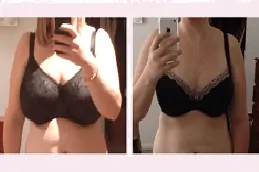

There are numerous benefits of the inverted nipple surgery in Pakistan. These include better ability to breast feed, improve the appearance of the breasts, and also get rid of any insecurities caused by inversion.
Inverted Nipple Surgery in Islamabad, Pakistan is performed on people with inverted nipples since birth or women who have retracted nipples due to breastfeeding. There are multiple procedures that are used based on the individual’s needs.
The surgical procedure aims correctly the nipple to protrude from the areola naturally. It works by liberating and stretching those connective tissues pulling the nipples inward. The procedure is performed under local anesthesia.
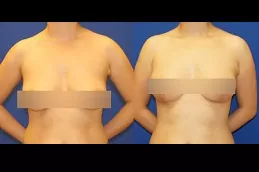
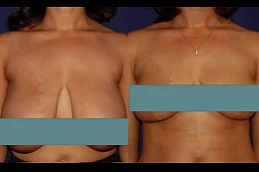
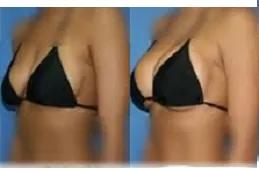
Individuals who are self-conscious and insecure about the appearance of their breasts usually get the procedure done. Women with sunken nipples or flattened are also good candidates. Anyone willing to lower the risk of breastfeeding problems can opt for inverted nipple surgery.
There are certain criteria that you should meet for the surgical procedure including being over 20 years of age. A good mental and physical health are also important. You’re not pregnant or breastfeeding at the time of the procedure. You’re not a smoker or drinker.
The procedure is carried out under local anesthesia. The surgeon uses small scissors to free the adhesions beneath the nipples that tether the nipple down, allowing it to protrude naturally through a minor incision at the base of the nipple. The procedure usually takes about an hour or less and is done under local anesthesia.
Afterward, the doctor places two stitches on maintaining nipple projection, applying a protective dressing to prevent infection and promote healing.
As an alternative to simply severing the connective tissue in the nipple, the newer technique focuses on freeing the surrounding fibers that hold the nipple in.
This type of technique involves a small incision at the base of the nipple and the release of the tethering bands; the dissection is done parallel to the milk ducts, so they’re not separated to preserve breastfeeding ability in the future. After the nipple has been freed, it’s sutured in the outward position with dissolvable stitches to keep it from inverting again.
There are little to no side effects. However, you might experience some discomfort, irritation, or swelling on the treated site for some days after the treatment, but it will settle down. Some patients lose nipple sensitivity; however, it typically resolves within six weeks.
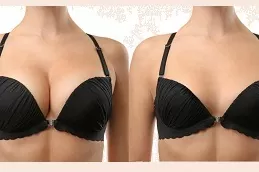
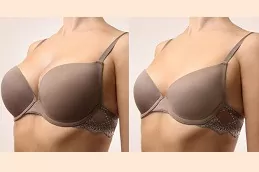
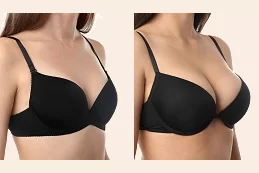
Typically, there is little to no discomfort which subsides on its own without medications. Getting some rest after the procedure is a good idea. You will likely need to wear a compression bra for a few weeks to help the healing process.
You can resume most of the normal activities soon after the procedure as per your doctor’s advice, except for exercise or heavy lifting. If dissolvable stitches aren’t used, your surgeon would remove your sutures after one to two weeks.
Plot no : 40 Jhelum Rd, G 8/4 G-8, Islamabad, Pakistan
© Dr Shazma Yousuf . All Rights Reserved.
Terms & Conditions Privacy Policy